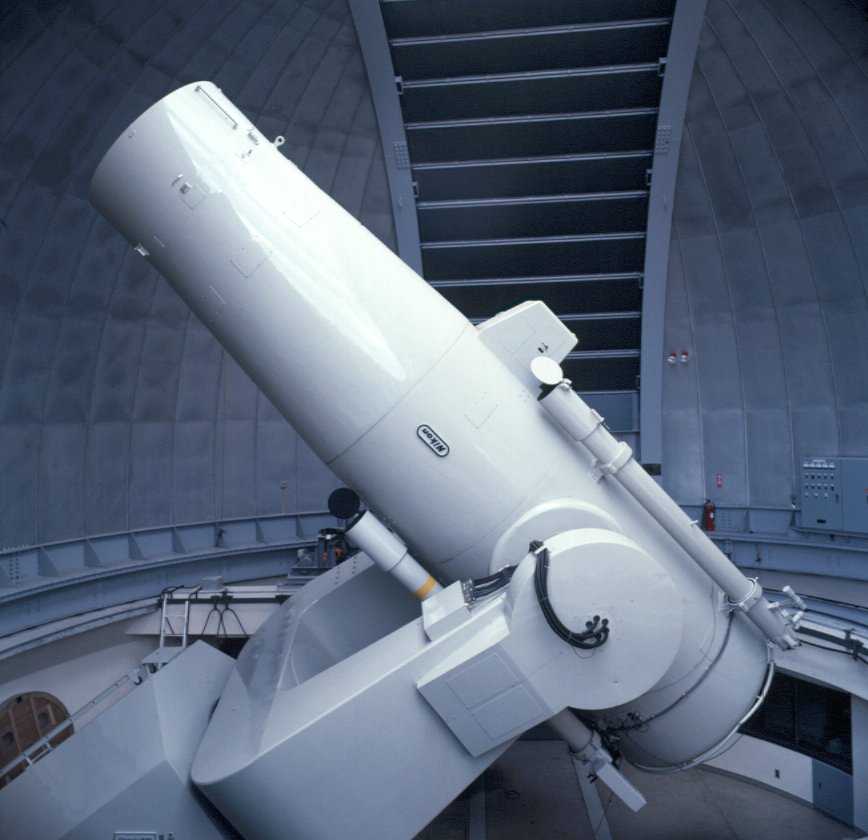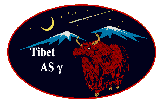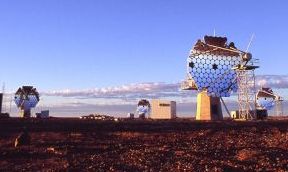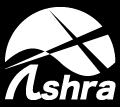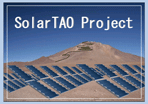
|
The Conference for the Institutional Program for Young Researcher Overseas Visits Was Held.
Institute of Astronomy (IoA), School of Science, the University of Tokyo, and Institute for Cosmic Ray Research (ICRR), the University of Tokyo, have jointly offered the grant in aid of researcher overseas visits foundation (the institutional program for young researcher overseas visits) named “the Observations of the Universe at the Global Facilities” for three years since 2010. The aim of the project was to support the visits of the young researchers to the observational facilities which IoA and ICRR have developed all over the world, and to bring up researchers who can globally play important roles.
During the program, a lot of young researchers from IoA and ICRR visited the observational facilities abroad and gained valuable experiences of observations and data analysis. The interaction between those two institutes was also developed through the program. Incidentally, the budgets for the big projects promoted by ICRR and IoA, “Large-scale Cryogenic Gravitational Wave Telescope Project (KAGRA)” and “Tokyo Atacama Observatory (TAO)”, were approved by the government in the year of 2010 and 2013, respectively.
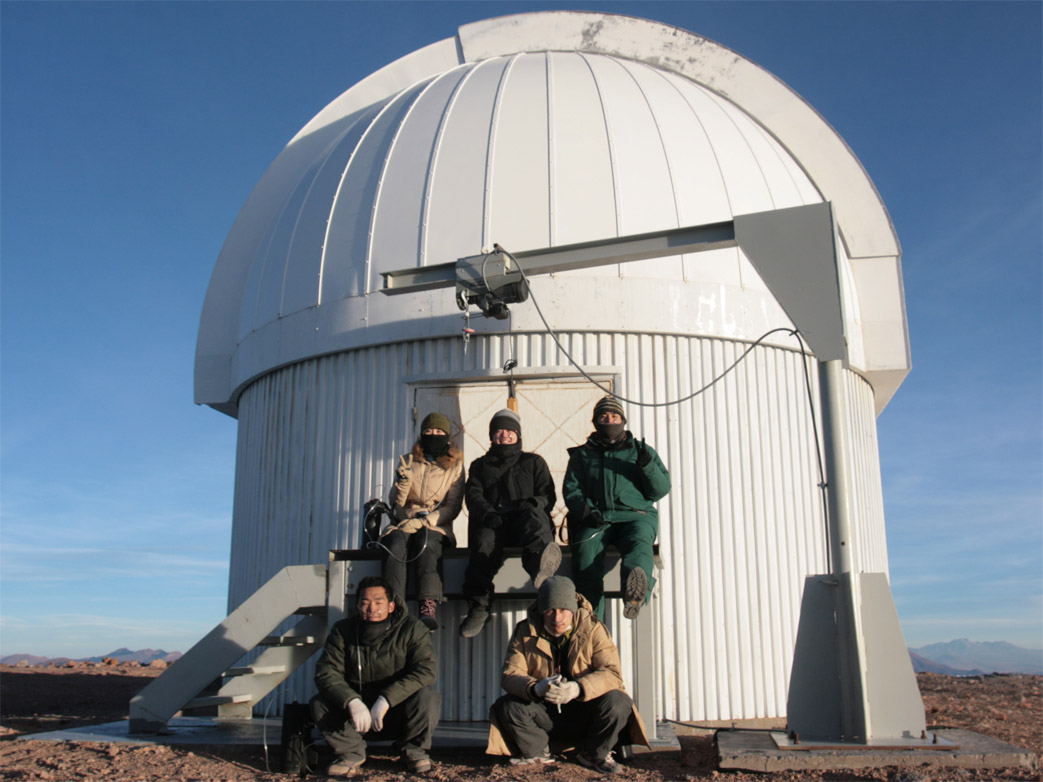
|
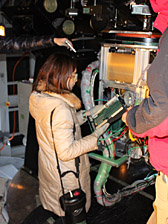
|
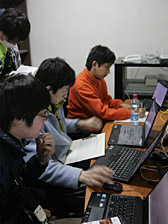
| |
Young researchers visiting and working at miniTAO telescope
|
At April 22, 2013, after the completion of the program, the conference for reporting the accomplishment of the program was held. IoA and ICRR shared the information gained through the program and the progress on related research areas in the conference. They agreed and confirmed that the program was very important for young researchers and that it is necessary to keep offering opportunities of research activities at the research facilities abroad.
The Schedule of the conference of the Institutional Program for Young Researcher Overseas Visits
| Date and time: |
April 22, 2013 (Mon) 13:00-17:45 |
| Venue: |
Large seminar room, 6th floor, Institute for Cosmic Ray Research, the University of Tokyo |
| Program: |
|
Session 1 (13:00-14:00) |
Eiji Kido
(ICRR) |
The Cosmic Ray Observation by TA surface detectors |
Yuichiro Tameda
(Faculty of Engineering, Kanagawa University) |
The Cosmic Ray Observation by TA Atmospheric Fluorescence Detectors |
Tatsunobu Shibata
(ICRR) |
Calibration of the Atmospheric Fluorescence Detector Telescope Using Small Electron Linear Accelerator |
Daisuke Ikeda
(ICRR) |
Experimental Validation of the Observation Method for Cosmic Ray Air Shower by Radio-wave |
| Session 2 (14:15-15:00) |
Takafumi Kamizuka
(IoA) |
New Possibility of the Ground-Base Mid Infrared Observation through miniTAO Telescope
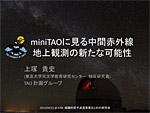 |
Ken Tateuchi
(IoA) |
The Formation of the Dust Obscured Star Burst Galaxies Detected by miniTAO Near Infrared Camera
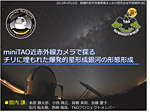 |
Hidenori Takahashi
(IoA) |
Characteristics of the High Mass Star Clusters through miniTAO Telescope and Expectations on TAO 6.5m Telescope
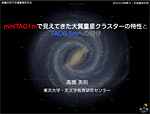 |
| Break (15:00-15:30) |
| Session 3 (15:30-16:30) |
Kazumasa Kawada
(ICRR) |
The Observation of 100TeV Gamma rays by Tibet Water Cherenkov Muon Detector |
Motz Holger
(Research Institute for Science and Engineering, Faculty of Science and Enginerring, Waseda University) |
Observation with Ashra-1 |
Shota Kisaka
(ICRR) |
Study of Plasma Dynamics at Pulsars |
Koji Saito
(ICRR) |
Observation of Distant Blazers by MAGIC Telescope |
| Session 4 (16:45-17:45) |
Osamu Miyakawa
(ICRR) |
Real Time Control of KAGRA by Computers |
Tomoki Morokuma
(IoA) |
Wide Field of View Observations at Kiso Observatory |
Yoshiaki Naito
Department of Physics, School of Science, the University of Tokyo |
The Galaxy Evolution in the Dark Matter Halo, the Physics of Clustering |
Rieko Momose
(ICRR) |
Star Formation on Sub-kpc Scale Triggered by Non-linear Processes in Nearby Spiral Galaxies |
| Conference Dinner: 18:00-20:00 at the cafeteria in Kashiwa-campus
|
Couriers:
Takaaki Kajita, Masatake Ohashi, Masato Sasaki (ICRR),
Yuzuru Yoshii, Mamoru Doi, Takashi Miyata, Takeo Minezaki, Tomoki Morokuma (IoA)
Message to the Institutional Program for Young Researcher Overseas Visits
We introduce here the messages from the important persons in the program.
|
I appreciate the co-operations during the three years of the Institutional Program for Young Researcher Overseas Visits which was promoted jointly by IoA and ICRR. Through the program, a lot of young researchers actually had opportunities to go abroad, and I realized with feeling that
this is really amazing. It was the right program for the era of rapid globalization of the research activities.
In addition, in the end of the program we had a very delightful news that the construction budget for
TAO telescope is approved. It was very good news for us, too, as a company who promote the overseas visits program together. We have a high degree of expectation for the wonderful results produced by the new telescope.
As a result of the development of the astronomy and astrophysics, the importance of collaborative research between the area of the cosmic rays in a broad sense including the gamma rays and gravitational waves, and the area of observational astronomy based on the optical telescopes is rapidly increasing. I think It would be very valuable if the interactive researches between IoA and ICRR expand more and more in future. I appreciate in advance for the future co-operations of both institutes.
Takaaki Kajita (Director of ICRR, Professor)
|
|
|
I sincerely appreciate the co-operation of ICRR over three years of the program. Especially I would like to express our appreciation on behalf of IoA to Professor Kajita who have worked as a key person of the program, and to Professor Ohashi who took such the complicated administrative works.
IoA and ICRR together have offered the opportunities for young researchers to visit the seven global observational facilities of the universe, in purpose of bringing up researchers who can take admirable leadership in the global research fields. When I look back the program, I can see that we got a certain achievement in every points, the research results the participating projects, the interaction between the area of cosmic rays and the area of astronomy, and the building up of the capabilities of the young researchers. Now we can see the confidence in the young participants based on the fact that they could achieved the cutting edge research activities at the extreme circumstances such as high altitudes or dried deserts in foreign countries. The experience must become a precious treasure in their future research lives.
It is regrettable to miss such a meaningful project. I honestly expect that this project will return in an expanded format in near future and that IoA and ICRR will work together again.
Yuzuru Yoshii (Director of IoA, Professor)
|
|
|
Before this program, interaction between the area of the observation of the universe through cosmic rays, gamma rays and gravitational waves in which ICRR have played important roles, and the area of the observation in optical and near infrared wavelengths in which IoA have played important roles, was not so active. However, young researchers in both areas now have actual interactions through this program “the Observations of the Universe at the Global Facilities”, and it is really amazing. It makes us prospect certainly that the multilateral fused research activities will be intensely started in their main target area such as the explosions of the stars or the activities of the compact objects in near future. Although the program has finished now, I sincerely wish that similar programs will be promoted again.
Mamoru Doi (Professor of IoA)
|
|
|
It was in the summer of 2009 when I started preparation of the proposal of this program. After we decided to promote the program in joint with IoA, some strange things began to happen. The only six months later of the summer, our gravitational wave observation project KAGRA was adopted as one of the leading-edge research infrastructure programs. Then after “the Institutional Program for Young Researcher Overseas Visits” has been executed for three years, and after many young researchers have been sent to the observational facilities abroad, this time the budget for TAO project was approved at the beginning of the year of 2013, in which this overseas visit program should be finished. It is really delightful that we can offer these two big fields of KAGRA and TAO in which the tough young researchers who were brought up through the overseas visits program can play important roles. I expect their great success. And what is more, I wish the visit program for young researchers would continue to provide them such a big dreams.
Masatake Ohashi (Associate Professor of ICRR)
|
|
|




